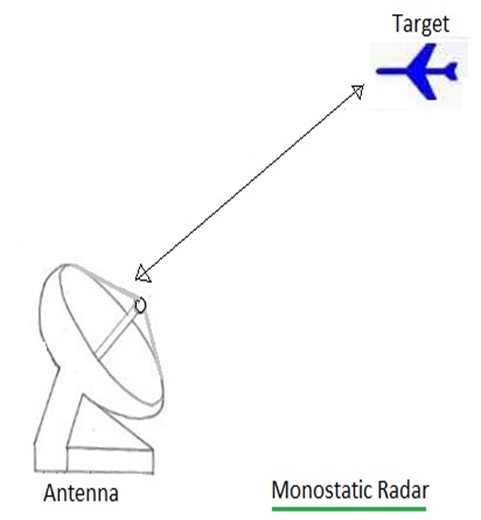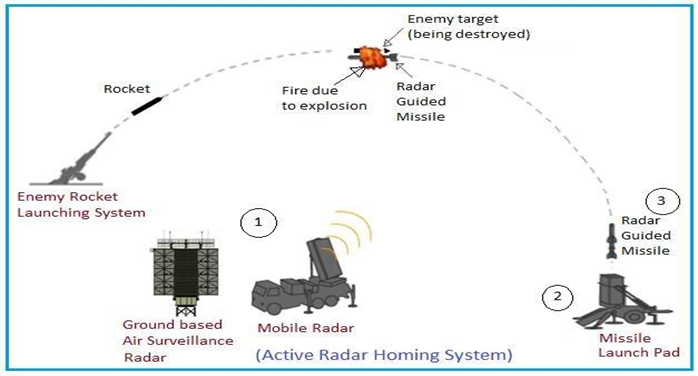Radiolocation is the definition or process of detecting the position and course of distant objects by radar. Radar (Radio, detection and ranging) is a detection system that uses radio waves to determine the distance, angle and radial velocity of objects relative to the site. A radar system consists of a transmitter producing electromagnetic waves in the radio or microwaves domeain, a transmitting antena, a receiving antena and a receiver and processor to determine properties of the object.
Radio waves(pulsed of continous) from the transmitter reflect off the object and return to the receiver, giving information about the objectțs location and speed.
Radiolocation is the process of finding the location of something through the use of radio waves.
Antenna beamwitdth determines the expected signal strength given the direction and radiation distance of an antenna. The beamwidth will vary given a number of different factors such as antenna type, design, orientation and radiofrequency.
Active Radiolocation refers to active radar. In an active radar, the transmitter and the receiver are located at the same place, hence it is known as a monostatic radar whereas, in a passive radar system, the transmitter and receiver are located at a different place. In the active radar, a radio wave is released from the antenna and reflects off the objects that the wave encounters. The distance between the radar system and the object is determined using a simple time of flight calculation.
An active radar is effective in gathering a lot more information, but it also gives away the location of the information gathering station. This means that if being traced, the information gathering station can easily be a target.

Active radar homing (ARH) is a missile guidance method in which a missile contains a radar transceiver (in contrast to semi-active radar homing, which uses only a receiver) and the electronics necessary for it to find and track its target autonomously. The NATO brevity code for an air-to-air active radar homing missile launch is fox three.

A Doppler radar is a specialized radar that uses the Doppler effect to produce velocity data about objects at a distance. It does this by bouncing a microwave signal off a desired target and analyzing how the object's motion has altered the frequency of the returned signal. This variation gives direct and highly accurate measurements of the radial component of a target's velocity relative to the radar. Doppler radars are used in aviation, meteorology and navigation.
The Doppler effect is the apparent change in frequency or pitch when a sound source moves either toward or away from the listener, or when the listener moves wither toward or away from the sound source. This principle, discovered by the German physicist, Christian Doppler, applies to all wave motion.

Transmission of longer pulses improves the detectability of the radar as it increases the average transmitted signal power. On the other hand, just lengthening the radar pulse has the result of degrading its range resolution, because the RF pulse would be spread over a larger distance. Thus, some technique is needed to increase the average power without degradation in the range resolution and accuracy of measurement. In order to solve this dilemma, we have to understand that the range resolution of the pulse radar does not essentially depend on transmitted pulse duration but in fact it depends on the bandwidth of the transmitted pulse. In old radars, a simple rectangular RF pulse is transmitted in each repetition interval. Its bandwidth is just 1/τ, where τ is the duration.If the carrier signal within the pulse is altered using frequency or phase modulation, the bandwidth will be increased. Accordingly, the radar resolution is changed independent of the average transmitted signal power. This kind of modulation of the transmitted radar pulse is generally known as radar signal coding.

In radar signal processing, pulse compression is one of the techniques that makes use of coding to increase the bandwidth of the radar signal. At the radar receiver, reflected coded pulses are compressed in the time domain, which produces a pulse of a finer range resolution than that of an uncoded pulse.